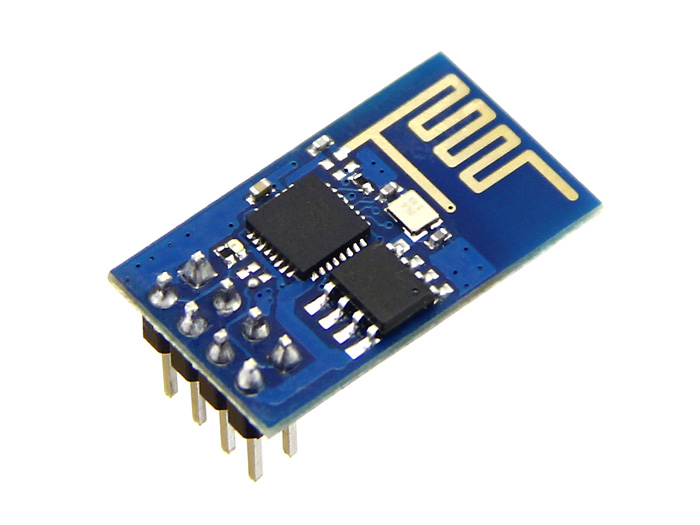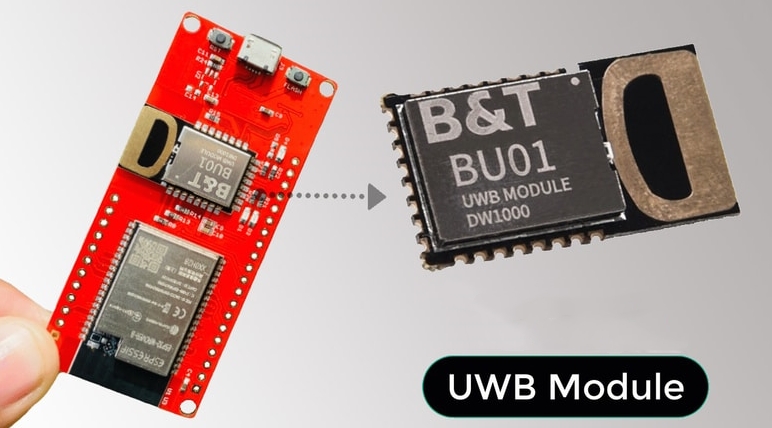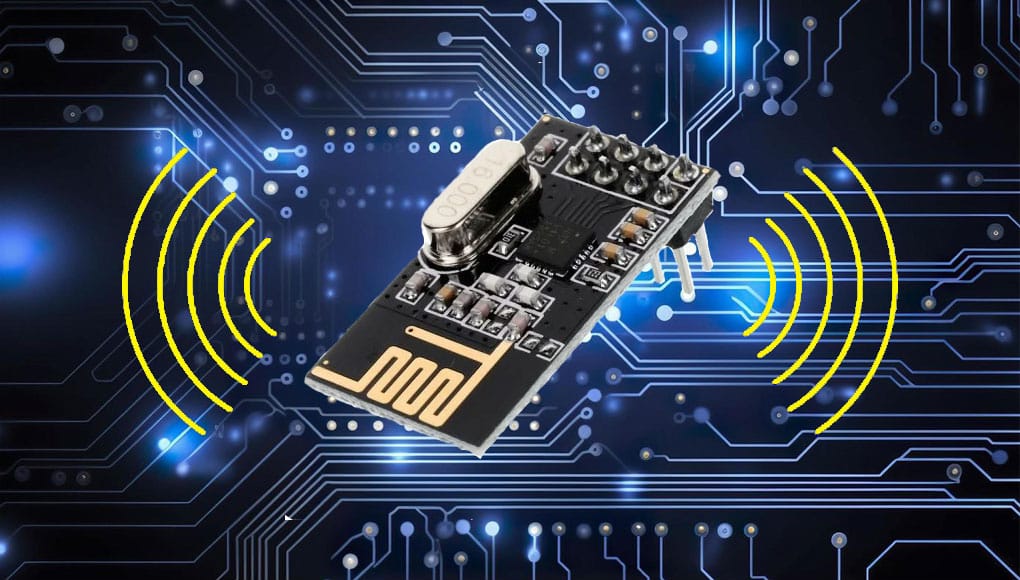Antenna design is a key factor in achieving reliable wireless communications. For any wireless module, the antenna acts as a bridge between the circuitry and the air interface—a poorly designed antenna results in low signal strength, poor coverage, and high power consumption. Conversely, a well-designed antenna ensures stable performance across diverse environments and use cases. So why is antenna design so crucial for wireless modules, and what are its specific impacts?
The Role of Antenna Placement
Antenna placement inside the device is a significant determinant of wireless performance. Placing it near metal parts or shielding can lead to signal reflection and loss. This issue reduces range and increases interference. To avoid this, antennas should be placed in open areas, away from sources of noise.
Engineers often simulate antenna performance using electromagnetic tools before finalizing placement. Testing different positions can identify the best location that minimizes coupling and maximizes radiation efficiency. Proper placement helps maintain stable performance without increasing hardware complexity.
Antenna Size and Frequency Alignment
Antenna dimensions correlate directly with operating frequency. For wireless modules operating in 2.4 GHz or 5 GHz bands, precise sizing is crucial. An antenna that is too small or too large will not resonate correctly. This mismatch leads to poor efficiency and higher return loss.
Tuning the antenna to the correct frequency band ensures maximum energy transfer. Many designs include adjustable matching networks to compensate for minor discrepancies in size or material properties. Accurate sizing and tuning result in better link reliability and energy efficiency.
Impedance Matching and Efficiency
For an antenna to perform well, its impedance must match the circuit’s impedance, typically 50 ohms. Mismatched impedance causes reflections, which reduce the transmitted power and increase losses. Matching networks, which utilize inductors and capacitors, are employed to achieve this alignment.
An optimized impedance match increases the adequate radiated power without extra energy consumption. This improvement translates to a more extended range and reduced retransmissions, which enhances the overall performance of the Wireless Module.
Impact of Ground Plane Design
The ground plane in a PCB serves as a critical reference for antenna performance. A poorly designed ground plane can degrade radiation patterns and introduce noise. For compact devices, a limited ground plane size becomes a significant challenge.
Designers employ techniques such as adding ground vias and keeping the antenna section clear of other components. These strategies ensure better isolation and controlled current flow. A well-planned ground structure helps antennas perform efficiently in Wireless Module applications.
Material and Environmental Effects
Antenna performance can vary depending on the material of the enclosure and the presence of nearby components. Plastics and composites have different dielectric constants that affect resonance. Similarly, proximity to human hands or metallic objects can cause the antenna to detune.
Designers often use protective coatings or shielding to minimize these environmental effects. Pre-compliance testing in various scenarios ensures consistent performance before mass production. Material selection and testing play an essential role in meeting performance expectations.
Testing and Tuning for Optimal Results
Even with simulations, real-world testing is crucial. Engineers measure parameters such as VSWR, return loss, and radiation pattern during the development process to ensure optimal performance. Fine-tuning involves adjusting matching networks and antenna position to achieve target performance levels.
Prototyping multiple configurations helps identify the best combination for cost and performance. Testing under real operating conditions ensures the Wireless Modules deliver consistent connectivity, even in challenging environments.
Antenna Design Defines Wireless Module Success
From layout and size to impedance matching and grounding design, every design factor impacts wireless module performance. Even minor design errors can significantly reduce range, speed, and energy efficiency. By prioritizing antenna design early in the development process, manufacturers can ensure optimal wireless performance. Continuous testing, appropriate material selection, and precise tuning all contribute to the sustainability of wireless module solutions.







